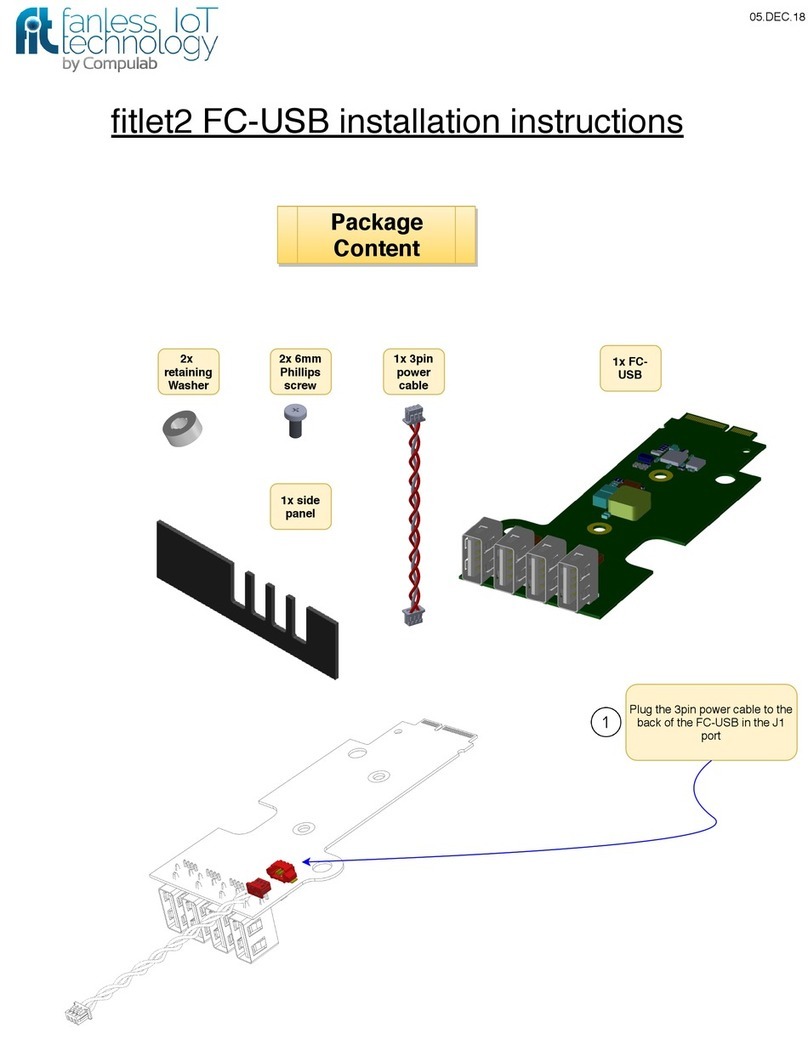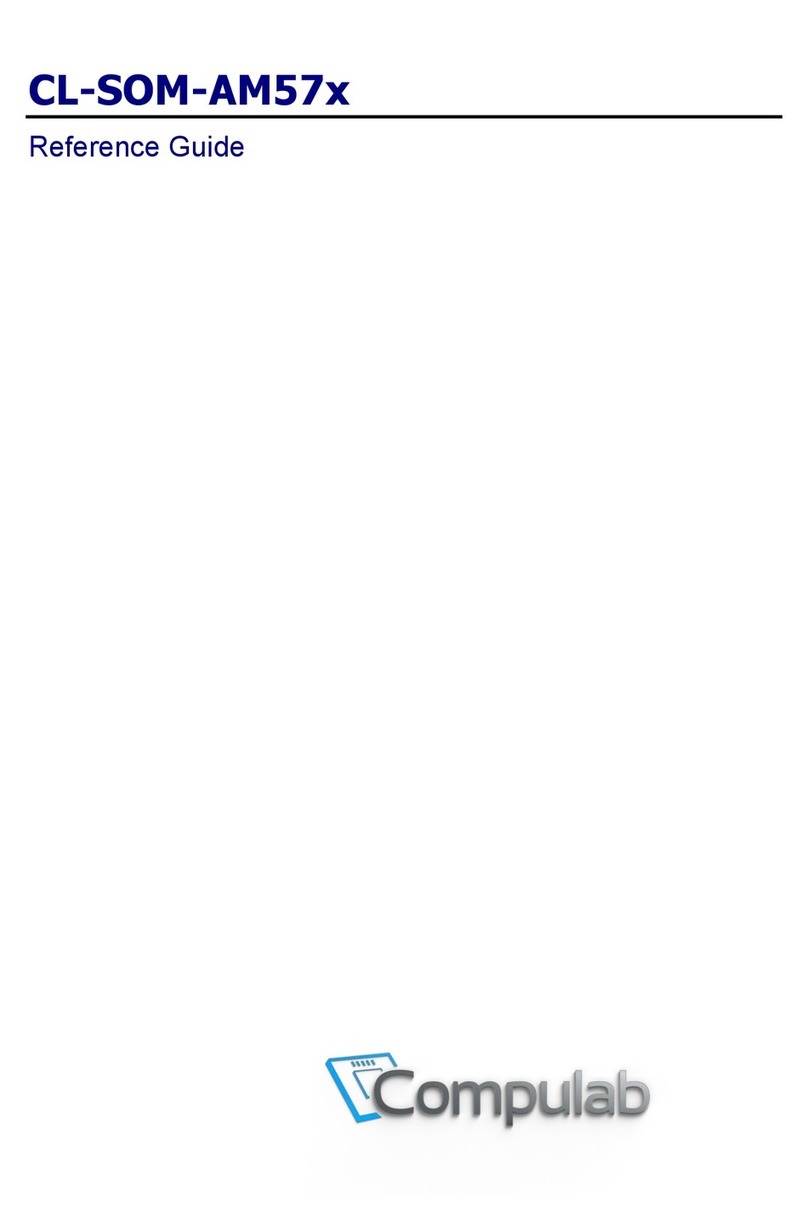
Table of Contents
Revised September 2017 CM-T43 Reference Guide 3
Table of Contents
1INTRODUCTION..........................................................................................................6
1.1 About This Document..................................................................................................6
1.2 CM-T43 Part Number Legend.....................................................................................6
1.3 Related Documents......................................................................................................6
2OVERVIEW ...................................................................................................................7
2.1 Highlights ....................................................................................................................7
2.2 Block Diagram.............................................................................................................8
2.3 CM-T43 Features.........................................................................................................9
3CORE SYSTEM COMPONENTS .............................................................................11
3.1 Sitara AM437x SoC...................................................................................................11
3.2 PRU-ICSS..................................................................................................................12
3.3 Multimedia System....................................................................................................13
3.4 Memory......................................................................................................................13
3.4.1 DRAM..............................................................................................................13
3.4.2 Primary Storage (Boot-loader) .........................................................................13
3.4.3 Secondary Storage (OS & User data)...............................................................13
4PERIPHERAL INTERFACES...................................................................................14
4.1 Display Interface........................................................................................................16
4.2 Camera Interfaces (VPFE).........................................................................................18
4.3 Local Bus (GPMC)....................................................................................................19
4.4 Analog Audio.............................................................................................................23
4.5 Digital Audio (McASP).............................................................................................24
4.6 WLAN, Bluetooth and NFC......................................................................................26
4.7 Ethernet......................................................................................................................27
4.8 USB2.0.......................................................................................................................28
4.9 MMC / SD / SDIO.....................................................................................................29
4.10 UART....................................................................................................................32
4.11 I2C .........................................................................................................................34
4.12 SPI.........................................................................................................................35
4.13 Quad SPI (QSPI)...................................................................................................36
4.14 CAN Bus...............................................................................................................37
4.15 ADC and Resistive Touch-Screen ........................................................................38
4.16 HDQ / 1-Wire........................................................................................................39
4.17 GPIO .....................................................................................................................39
4.18 Enhanced Capture module (eCAP).......................................................................45
4.19 Enhanced PWM module (eHRPWM)...................................................................46
4.20 Quadrature Encoder Pulse module (eQEP)...........................................................48
4.21 PRU-ICSS.............................................................................................................50
4.21.1 PRU-ICSS MII .................................................................................................50
4.21.2 PRU-ICSS UART.............................................................................................52































